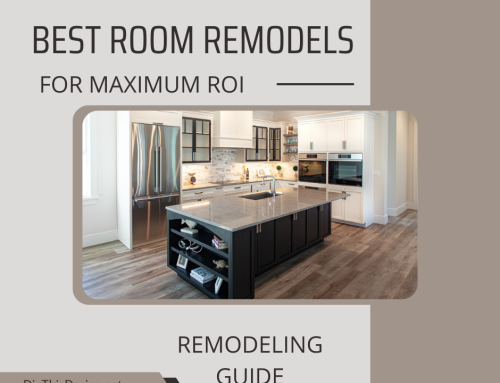Choosing the right flooring for your home goes beyond color matching and other aesthetic concerns. There are quite a few things that should go into your decision. Consider these questions to help you choose the best flooring for your home.
Which Flooring Should You Choose?
Do You Want Low-Maintenance Flooring?
If you want a low-maintenance option, your flooring installation company will probably recommend tile or vinyl, which are the best options. Laminate might also be a good option, but it requires special cleaning. Wet mops can ruin laminate, while they are harmless on tile and vinyl.
Do You Have a Lot of Moisture?
Tell your flooring installers if you have a lot of moisture in your home because you need an option to handle the environment. Here, your best options will be painted concrete, tile, or vinyl.
Do You Have Pets?
Pets not only demand that you consider their comfort, but that you get a floor that can handle the extra wear and tear they put on it. Be very careful when choosing pet-friendly because some can be labeled as wear-resistant but is not. For example, hardwood is often considered durable, but it can scratch easily under scampering and sliding claws. Just think of the work it will take to buff the scratches out. Choose something more durable, like tile, laminate, vinyl, or carpet.
Are You on a Tight Budget?
If you’re on a tight budget, laminate flooring will be one of your cheapest options. While it isn’t gorgeous, you can find some that give a wood-like appearance. You can also find vinyl for a cheap price. Also, you can find a lot of beautiful tiles for cheap, but unless you do the labor-intensive installation yourself, it’s going to cost you more on labor.
Do You Want a DIY Option?
For those who enjoy home improvement projects or want to save on cost, look for a type of flooring that is easy to install. Laminate and vinyl are often the best options because they are easy to work with. Both are available as floating floors, meaning you don’t have to glue them to the subfloor. Avoid tiles unless you have experience with them, as this flooring takes a lot of practice. Maybe practice in your basement first, so you have an out-of-sight learning curve.
As you can see, a lot goes into choosing a type of flooring. By following this guide, you’ll be able to pick the perfect option for your home.
Other Posts You might Enjoy:
Five Mistakes That Homeowners Make In Home Improvement
3 Benefits of Building Your Own Home





